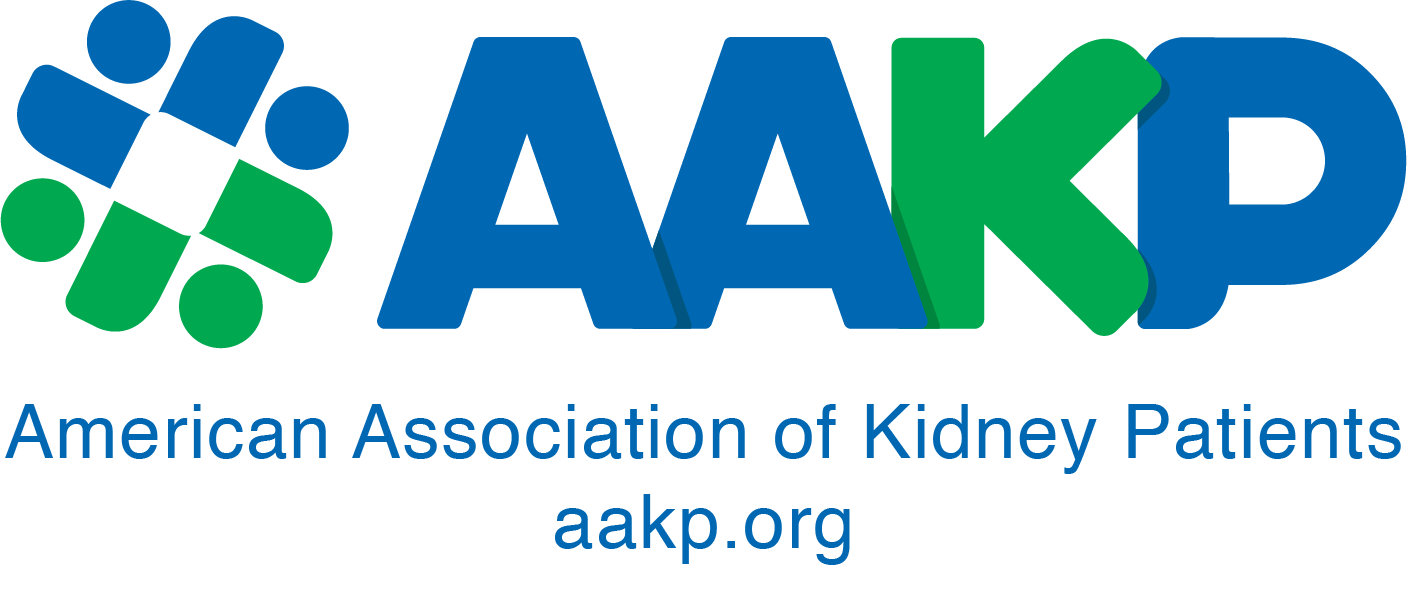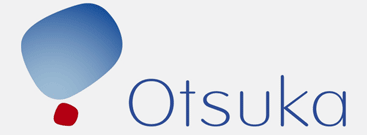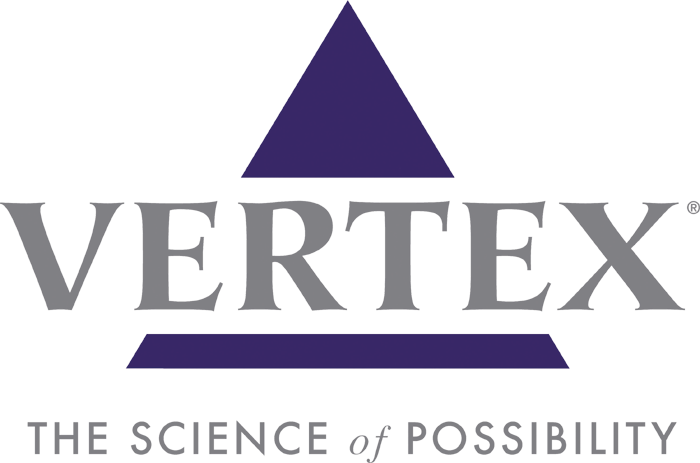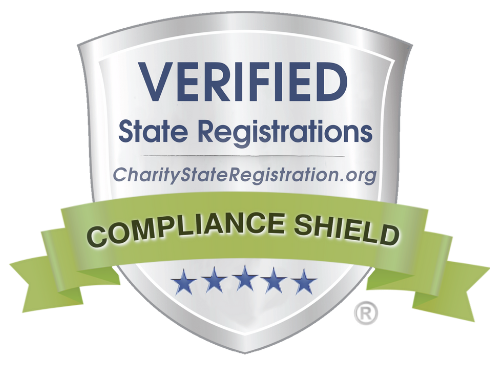HD CLEAN LLC is driven to make hemodialysis safer. To achieve this goal, the company has developed a fully-patented simple, sturdy device to enclose, secure, and protect the critical connection point between dialysis bloodlines and dialysis catheters. This device is currently undergoing initial review by the FDA.

Tell us about your first experience with a kidney patient, personally or professionally, and what impressions that left on you as a fellow human being?
I was a third-year undergraduate Chemistry and Biology major at Caltech (California Institute of Technology) taking a Chemical Engineering course. That would have been in 1970. The class was about how basic science principles could be applied to practical problems. The professor took us to Cedars-Sinai Hospital to their dialysis facility where patients were being treated with plate dialyzers, a kind of kidney module that pre-dated the use of hollow fiber dialyzers. The modules were made up of sheets of sterile cellulose acetate measuring a couple feet wide and a couple feet long. They were assembled by hand in stacks separated by rubber gaskets and the blood and dialysate flowed in opposite directions, allowing the waste to diffuse across into the dialysate from the blood. My fellow students were fascinated by the mathematics and the engineering, and while I was interested, the patient really caught my attention. She was a middle-aged lady who had suffered chronic kidney failure from diabetes and was uremic and badly fluid-overloaded. She had a Scribner shunt in her wrist that was used to connect her to the machine, but she looked tired and worn. The dialysis nurses were struggling with the challenges caused by the tendency of the plate dialyzer to pull a lot of blood from her circulation every time they tried to increase the fluid withdrawal. When the visit to the dialysis facility was done, we went back to the university to learn more about the math and technology, but the lady’s face stayed with me as I thought, “That’s a terribly hard way to be kept alive. There must be a better way somehow.”
You have a unique story behind how your novel dialysis safety device was named. Can you share a bit about how the name came to be?
Great question. Early in the development of my device, I was being mentored by Dr. Audrey DePelteau of the East Tennessee State University Innovation Lab. She took me to Irwin, Tennessee, to a plastic manufacturing company, where she hoped to get me some help with turning my basement-lab-bench prototypes into a more solid form. She had arranged a meeting with the president of the company and his chief engineer, Robert Hickman. As I was explaining my device and showing them the crude prototype, Mr. Hickman looked at his boss and said, “I wish these had been available when I was on dialysis! I would have felt a lot safer.” That stopped me cold. I looked over at him in surprise and he explained that he was on dialysis for seven months due to multiple myeloma before receiving a bone marrow transplant. His kidneys subsequently recovered., His boss authorized him to work with me in turning the crude prototypes into 3D-printable files and getting the first 3D-printed versions. Unfortunately, in 2021, Bob passed away, and out of respect for his help and enthusiasm for the project, I decided to name my safety device “Hickman Pods” in his honor.
As an entrepreneur, can you tell our AAKP national and global audience why and how you founded HD Clean LLC and how you would measure the success of the company?
I founded HD CLEAN to fulfill a mission of “making hemodialysis safer” because of experiences I had over 30 years in the Air Force and 15 years in the DoD-GS (Department of Defense – General Schedule) and VA (Veterans Administration) systems seeing my dialysis patients suffer from bloodstream infections and blood loss events when their central venous catheters came disconnected from the bloodlines during treatment. Hemodialysis and continuous kidney replacement treatment patients being treated via central venous catheters (CVC) are among the most fragile and frail segment of the dialysis population and as a result, should have special attention devoted to their protection from complications that could seriously harm them. I will measure the success of my efforts with this device by the degree that users of Hickman Pods have a reduced incidence of bloodstream infections and line separation events. Ultimately, I want to hear patients say, “I feel safer, and the numbers prove that I am safer on treatments when a Hickman Pod is used.” I have some other ideas to address other safety concerns for dialysis patients, but as a one-person company, I need to focus on one thing at a time.
As we know, end-stage kidney disease patients are vulnerable to emergent situations during treatment. Can you share what makes the Hickman Pod dialysis safety device so unique to help dialysis patients who use central venous catheter as an access?
Excellent question. I feel the things dialysis staff do now to try to address
the twin problems of bloodstream infections and line separation events aren’t really effective and can even be counterproductive. The “scrub-the-hub” protocols of soaking the connections went only 30 percent of the way to eliminating catheter-related bloodstream infections. Wrapping sticky tape and gauze around the connection leaves a residue that would stand to reason only makes the connection more likely to attract contaminated material. The ratchet-type devices that are out there are effective in preventing disconnections, but can be hard for gloved nurses or technicians to remove easily and quickly. Also, these devices do nothing to shield the luer locks on the connections from contact with microbes, especially if it’s an acute catheter in the groin. The Hickman Pod is the only device that encloses, protects, and secures the vital connection between the dialysis bloodlines and the catheter while leaving it visible to the dialysis staff. There’s no other device on the market that does that.
Innovation in the kidney space is important to patients, and they want to be involved and have their voice heard. Do you feel patients, in consultation with the healthcare professionals they choose to care for them, should have access to and choice of what treatment—whether established or new innovation—is right for them?
An idea is just that—an idea—unless there is someone that sees enough value in that idea to bring it through the difficult path to market. I invested $30,000 of my own money getting started, and thanks to the income from a consulting job and an SBIR contract with the Air Force, I’ve gotten the Hickman Pod to its present stage of development. It’s going to cost another million dollars to have it bench-tested for FDA consideration, and a full-up clinical trial could cost another two million dollars. So, just this small example points out how expensive it is to bring an innovation to market. Those making the dialysis machines and providing dialysis services have the daily challenge of providing staff, facilities, and dialysis expendables, and are focused on the day-to-day cost of providing those things on a large scale. The patients, on the other hand, see innovations in terms that relate to whether those innovations will actually make them safer while making them feel more secure on and between dialysis treatments. So, the perceptions of value are very different. I firmly believe that if the data show that a given innovation will actually make them safer and make them feel safer on treatment, dialysis patients have a right to that innovation.
As a leader in healthcare, you know well that it is not easy to develop a novel approach to treat or enhance care. What do you draw upon internally to keep your drive, optimism, and focus on patients going at full speed during the tough days?
Wow. Great question. There are certainly a lot of up and down days in nephrology. For me, the biggest drive to keep going is the knowledge that I have helped individuals through some of the toughest times of their lives. Let me give you an example of what I mean. One of the things I do is volunteer at my local VA hospital to try to teach veterans with CKD how to recognize and lower their risk factors for progressive kidney disease. Before one of the classes, as I was showing the folks into the room where the class was to be held, a man and his wife approached me and he asked, "You’re Dr. O’Neil, right?” I responded, “Yes,” unsure of where this was going. He and his wife pulled me aside and he said, “You probably don’t remember me, but two years ago, I was admitted to the ICU because my kidneys had failed, and I was about to be intubated because I was so full of fluid I couldn’t breathe. I looked up and asked you, “Am I going to die?” and you answered, “I’m going to do everything in my power to prevent that, sir.” He continued, “I made it out of the ICU and recovered, and last week I attended my granddaughter’s high school prom as her escort.” He then handed me a picture of himself in full Marine mess dress with all his decorations standing next to a young lady in a prom dress. “I was able to do that because of what you and your team did for me.” He smiled, shook my hand, then rendered me a ramrod-straight salute. Then, he turned and walked back down the corridor with his wife, smiling. It took me a good ten minutes to get it back together again. That picture is framed on my wall. That’s what keeps a clinician going through the challenges.
Final question–AAKP patients think this last question reveals a lot about a person. Who is one of your heroes and why?
Back in 1982, while my family and I were stationed at Clark Air Force Base on the island of Luzon in the Philippines, there was a young Marine who was urgently air-evacuated to me because a medical misadventure at a base in Japan had caused him to suffer total and irrevocable kidney failure and I ran the only American dialysis facility between Hawaii and China. When he arrived at Clark, he was in pretty rough shape, but being young and in excellent physical condition prior to the event, he made a strong recovery despite the stresses of being on the relatively crude hemodialysis we had available at the time with formalin-packed hollow-fiber dialyzers on a COBE Centry dialysis machine. After about a month, he asked me, “Is this the only way I can get treatment for my kidney failure? I want to be active, work out, and maybe to stay on active duty.” I told him that there was peritoneal dialysis (PD) that would free him from three hemodialysis treatments a week, but he would have to learn a very demanding protocol to be able to safely do CAPD. Without hesitation, he said, “I’m up to it doc. Let’s do it.” Our general surgeon put in a PD catheter and that young Marine became a star pupil on CAPD, continuing to do limited duty in uniform at the Marine unit on Clark while his application to remain on active duty was being considered. The only episode of peritonitis (inflammation of the lining of the peritoneum) he had while I knew him occurred after he sheepishly admitted that he’d scuba-dived to 90 feet on a weekend trip to Leyte. After we treated his peritonitis, he continued to fight to stay on active duty. Sadly, he lost that battle, but in my mind, that young warrior was a hero and I treasure the picture of a traditional Japanese coast war boat called an “Atakebune” that he gave me before he left for the States.
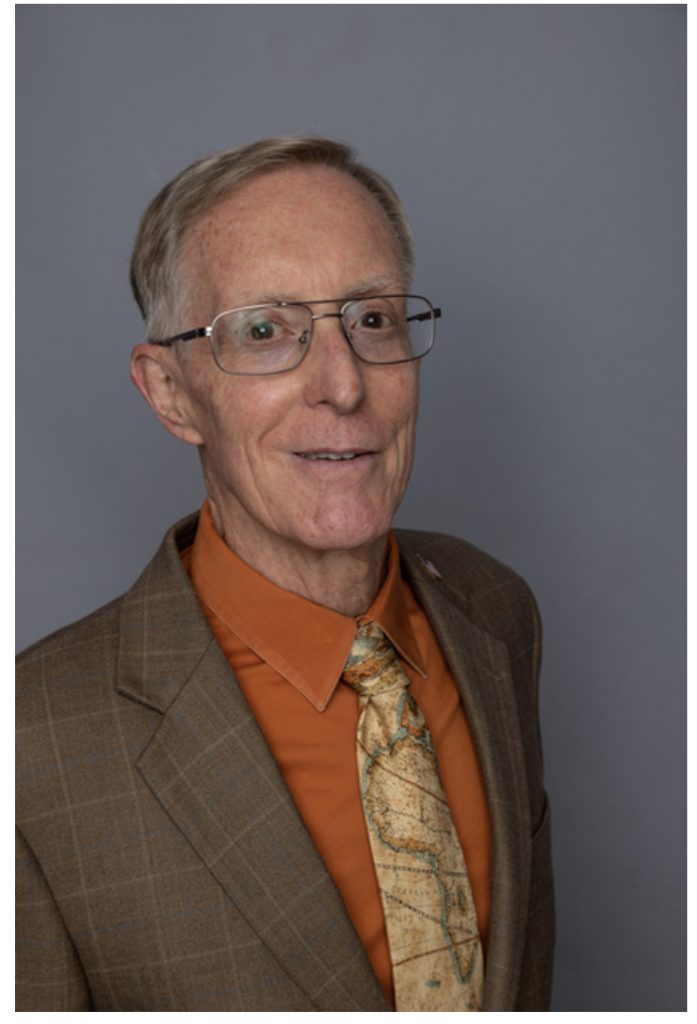
Terrence Jay O’Neil, MD, FACP, FASN (COLUSAFMC Ret), President of HD Clean LLC - Born in Wiesbaden, Germany, while his parents were there on active military duty, “TJ” as he likes to be called, attended CalTech in Pasadena where he joined Air Force ROTC and graduated with a combined chemistry/biology degree with honors. After two years as a Disaster Preparedness Officer at Nellis he was selected for sponsored medical training and got an MD from University of California San Diego. He then traveled to Lackland Air Force Base as a Medicine Resident and Nephrology Fellow, where he met and married Susan, an Air Force Nurse. They ping-ponged around the planet after that, having two command assignments and raising two wonderful daughters. He finished a 30-year Air Force career in 2001. Following that retirement, he joined the DOD-GS system at Scott AFB, Illinois, where he remained until 2005 before moving on to the James Quillen VAMC in Tennessee as the Associate Chief of Staff for Ambulatory Care Services. In 2012 he assumed charge of the Nephrology Service with a charge to revitalize and update it, where he remained until his second retirement at the end of 2016. In 2018 he created HD CLEAN LLC to bring a hemodialysis safety device to market and create an educational program for patients with chronic kidney disease. He continues volunteering at the Gray Fossil Site and singing with Susan in his church choir. One daughter, Gwen, is an OB Nurse in Manchester, New Hampshire. The other works at a software company in Oxford, England.
